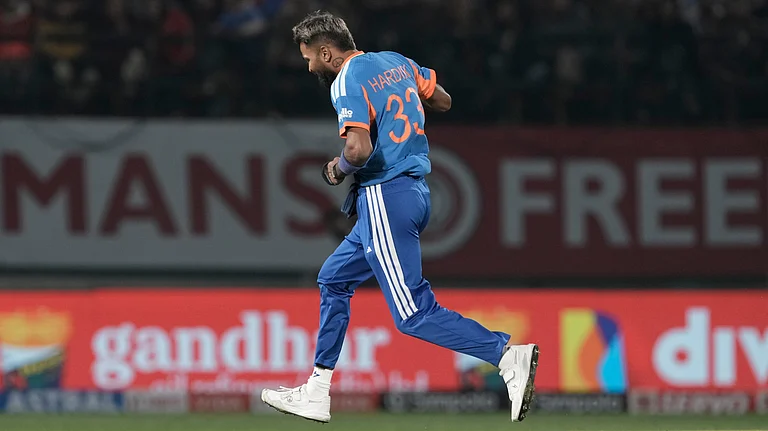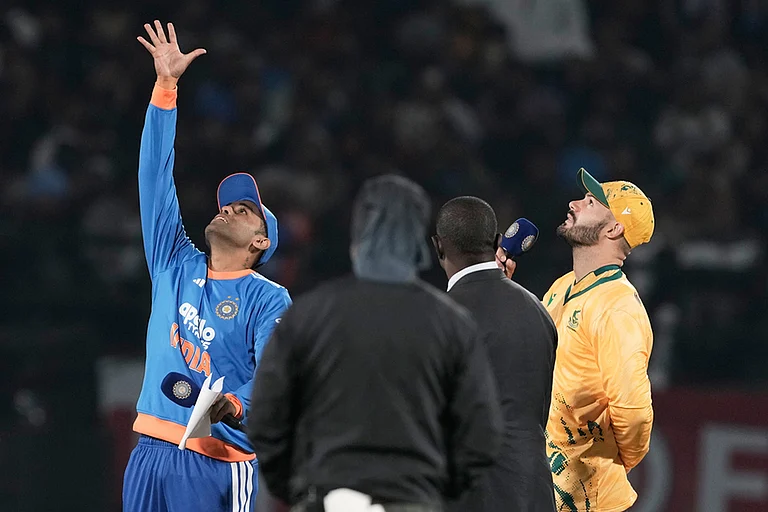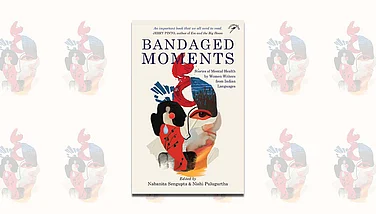THE rulers of the Mauryan dynasty founded byChandragupta Maurya in 323 BC draped themselves in unstitched garments that flowed withsimple functionality. But in the court of the aesthete Nawab Asaf- ud- Daulah of Avadh(1775) mere courtiers, on an average day, draped themselves in about 11 metres of opulentfabric, elaborately cut, stitched and embroidered!
Clothes and costumes make for unconventional manuscripts,hieroglyphs of civilisation easy to ignore. But as Nehru once said: "The history ofIndia may well be written with textiles as its leading motif." Ritu Kumarslavish book, Costumes and Textiles of Royal India which traces the evolutionof costumes from Vedic times through the Mauryan, Kushan and Gupta periods, and continuesfrom the Sultanates, the Mughal and British eras right up to the 20th century is afascinating example of such a history.
The richness and diversity of Indias textiles arealmost a cliche. The legendary shahtush shawls of Kashmir, the gossamer muslins of Deogiriwhich Khusrau described as so light and transparent that it was like "smearing thebody in pure water", the jewelled costumes of the Mughal courts woven in the nowextinct kanni technique, vegetable dyes, beetlewing embroidery... Kumar documentsthe sheer opulence of India's textile heritage in vivid and exciting details. She alsotrees the way dynastic alliances and invasions impacted on the costumes of an era,creating vibrant confluences of styles.
Sadly, though, ever sanguine about the continuity oftraditions, Indias done little to preserve this rich pageantry, and nothing remainsin the wardrobe of the first 4,000 years of its history but a fragment of plain madderdyedcotton cloth from the Indus Valley Civilisation, dated 1750 BC. Kumars book is anurgent reminder of this neglect. The only royal costumes that have physically surviveddate from the 19th and 20th centuries, and Kumars had to piece her story of theearlier periods from cave architecture, temple murals, friezes, manuscripts, paintings,photographs and chroniclers' accounts. The book, however, is rich with historicalanecdotes and has some fascinating and rare paintings and photographs culled from privatecollections and forgotten trunks.
One of the most interesting sections is the one about theimpact of the British. The confused identities, loss of patronage and cultural crossoversof this period are poignantly distilled in a picture of Sawai Ram Singh II, Maharaja ofJaipur (1835- 1880), dressed in a tight, parrot yellow- and-green waistcoat (a far cryfrom his regions aesthetic vegetable colours), sporting gold anklets over high lacedboots! There were other casualties. As electricity replaced the softer glow of candles,royal costumes once woven in precious metal threads began to look garish and tacky; as theEuropean concept of chairs and tables displaced traditional gaddis , the voluminousfolds of kurtas and angarkhas which once flared gracefully when theirwearers sat on the floor, gave way to more severe cuts. Most unfortunately perhaps,different regions lost their distinctive styles as their patrons adopted more cosmopolitanclothes like chiffon saris and trousers and shirts.
Extracted here are portraits of royalty dressed in state,many of whom posed exclusively for the book. These pictures reflect some of the splendourof a bygone era. But as many of these modern- day heirs wear watered- down versions oftheir ancestral poshaks , when contrasted with the archival pictures that have gonebefore, they are also a living testimony of whats been lost.






















